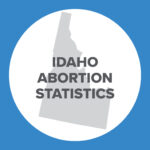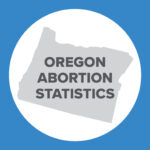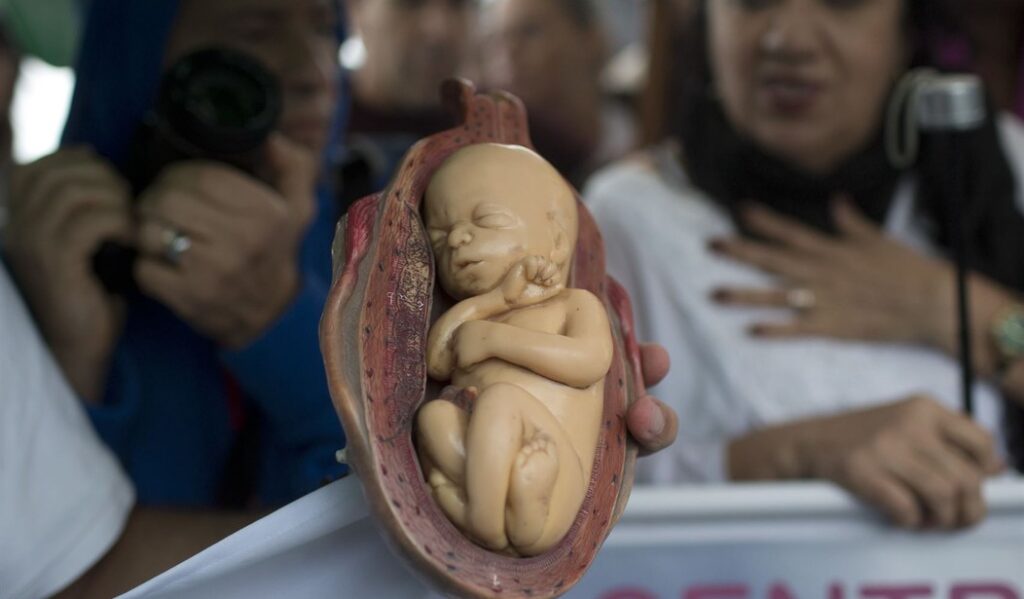Update on Abortion Coverage Limitations: States Take Action
Click here for PDF version: Abortion Funding Limits- 6-23-14- Update
Update on Abortion Coverage Limitations: States Take Action
(Current as of June 2014)
With the passage in 2010 of the Patient Protection and Affordable Care Act (PPACA) and the individual mandate, which forces every American to purchase government-approved insurance plans or pay a penalty, came another mandate which many see as an unprecedented threat to their liberty.
Buried within the individual mandate is the “abortion premium mandate.” This mandate requires that all who are enrolled in insurance plans which cover elective abortion must pay a separate premium which serves as a direct abortion subsidy. This mandate could potentially leave many Americans stuck between a rock and a hard place as they must choose between following their consciences and providing for the healthcare needs of their families.
In March 2012, the Department of Health and Human Services issued a final rule regarding the healthcare exchanges. Despite the Hyde Amendment, the annual appropriations limitation which bars federal funds from being used to pay for most abortions, Section 1303 of PPACA prescribes a mechanism for plans that use a separate surcharge in order to cover elective abortions for each enrollee. The surcharge can only be described to the customer during enrollment and the insurance plans may advertise the total cost of the plan while not making known the abortion charge.
The law required that new exchanges be functional by January 1, 2014 for use by individuals, families and employers who can begin enrolling on October 1, 2014. However, the Obama Administration has relaxed the employer portion of the mandate, which requires companies of a certain size to provide coverage for all of their full-time (30 hours or more) employees under a plan that meets federal standards. The individual portion of the mandate, which requires individuals and families to enroll in a qualified plan by the first of the year, has not been delayed, even though the majority of states have not established their own exchange and instead will be subject to a federally run exchange or a “partnership” exchange jointly managed by the state and federal government.
The overall effect of the law to date has been to increase costs, reduce the number of qualified insurers, and induce employers to limit worker hours or drop employee coverage altogether as a cost-containment measure.
Meanwhile, with these rules set in place and churning employer and individual options, a growing number of statesare moving to bar abortion funding in their exchanges so that they can stop public dollars from being used to subsidize or extend coverage of abortion. Twenty-three states have taken action as of September 2013 to prevent elective abortion from being included in plans offered via their exchanges. Along with states that have prohibited abortion funding via Medicaid, or via state employee insurance and private insurance plans, these states are trying to insure that their rights as states and their citizens’ rights of conscience will be protected.
Because of state resistance, the role of federally financed exchanges, and so-called partnership exchanges, looms ever larger. As of mid-June, key information regarding abortion coverage options in plans offered through state exchanges remain decidedly opaque. Numerous attempts by the Charlotte Lozier Institute to ascertain whether policies offered through state exchanges included abortion coverage found that information was not freely available.
In addition, the PPACA directs the federal Office of Personnel Management to negotiate contracts with at least two insurers to offer multi-state plans (MSPs) that will be available in every state exchange. The law requires that at least one of these two plans exclude abortion coverage beyond the exceptions permitted under the annual Hyde amendment governing appropriations for the U.S. Department of Health and Human Services. Under the final rule governing MSPs issued by OPM on March 11, 2013, a multi-state plan may not offer coverage of non-Hyde abortions in any state where such coverage is prohibited under state law (currently 23 states). Until HHS reveals details about MSP contracts in the other states, how the department will implement PPACA’s abortion rule remains unclear, although the prevailing opinion is that the Obama Office of Personnel Management is likely to include one or more MSPs offering elective abortions under the same secretive surcharge procedure outlined above.
As all of these issues converge, abortion coverage will no doubt continue to be a highly contested issue as each state attempts to apply PPACA to their system. The new law and the liberty of the American people are in a precarious balancing act. In an attempt to preserve their liberty, it is likely Americans will continue to call on their states and on members of Congress to take action in order to stop coerced funding of abortion via the new exchanges.
|
State Abortion Funding Limits |
||||
| STATE | Public Funding for Indigent | States Employee Insurance | Exchanges | Private Plans |
| Alabama | X | X | ||
| Alaska | ||||
| Arizona[1] | X | X | ||
| Arkansas | X | X | ||
| California | ||||
| Colorado | X | X | ||
| Connecticut | ||||
| Delaware | X | |||
| District of Columbia | X | |||
| Florida | X | X | ||
| Georgia | X | X | X | |
| Hawaii | ||||
| Idaho | X | X | X | X |
| Illinois[2] | X | |||
| Indiana | X | X | X | |
| Iowa | X | |||
| Kansas | X | X | X | X |
| Kentucky | X | X | X | X |
| Louisiana | X | X | ||
| Maine | X | |||
| Maryland | ||||
| Massachusetts | X[3] | |||
| Michigan | X | X | ||
| Minnesota | ||||
| Mississippi | X | X | X | |
| Missouri | X | X | X | X |
| Montana | ||||
| Nebraska | X | X | X | X |
| Nevada | X | |||
| New Hampshire | X | |||
| New Jersey | ||||
| New Mexico | ||||
| New York | ||||
| North Carolina | X | X | X | |
| North Dakota | X | X | X | X |
| Ohio | X | X | X | |
| Oklahoma | X | X | X | X |
| Oregon | ||||
| Pennsylvania | X | X | X | |
| Rhode Island | X | X | X[4] | |
| South Carolina | X | X | X | |
| South Dakota | X | X | ||
| Tennessee | X | X | ||
| Texas | X | |||
| Utah | X | X | X | X |
| Vermont | ||||
| Virginia | X | X | X | |
| Washington | ||||
| West Virginia | ||||
| Wisconsin | X | X | ||
| Wyoming | X | |||
| TOTAL: | 34 states prohibit public funding of abortions for indigent women. | 19 states restrict abortion coverage in insurance plans for public employees. | 25 states prohibit coverage in plans offered through the exchanges. | 8 states have laws restricting insurance coverage of abortion in private insurance plans. |
[1] Though a state-Supreme Court decision in 2002 required Arizona to fund “medically necessary” abortions in its Medicaid program, very few abortions are actually paid for by the state (e.g., only 13 in 2010).
[2] Acccording to data from the Guttmacher Institute, in 2001 and 2006, less than 0.2% of all abortions performed on Illinois residents were funded by Medicaid. Similarly, according to data from the Illinois Department of Public Aid, every year from 1994 to 2002, less than 1% of abortions performed on Illinois residents were paid for by Medicaid.
[3] Specifically prohibits partial birth abortion.
[4] Permanently enjoined by court order


























